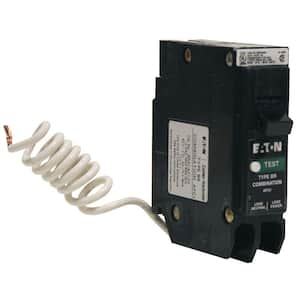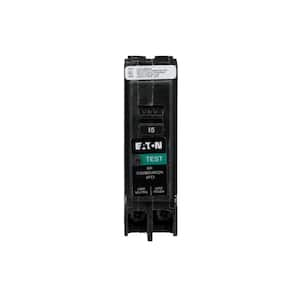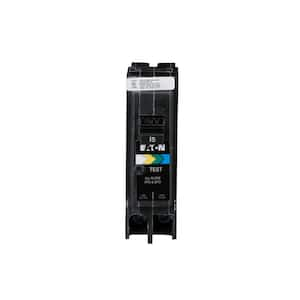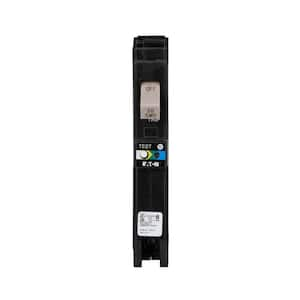Questions and Answers for Eaton BR 20 Amp Single-Pole Combination Arc Fault Circuit Breaker
- Fits type BR load centers
- Durable construction for lasting performance
- Comes with the branch feeder protection
Questions & Answers
28Questions
Q:Does this work with cutler hammer box?
by|Apr 1, 2021
2 Answers
Q:Is this suitable and/or listed for a multiwire branch circuit, one breaker on each circuit with a handle tie? If not, is there an Eaton arc fault or af/gf breaker that’s suitable and/or listed for a multwire branch circuit?
by|Feb 28, 2021
1 Answer
Q:I received a very helpful answer r.e. my 15 amp EATON combination type AFCI type BRAF. Now that I know this is an old version, I need to know if I replace it with this Eaton BR 15 amp breaker or if I need something else. And, if I do need something different, what I need.
Thanks in advance
by|Feb 13, 2021
1 Answer
Q:I have an 15 amp EATON combination type AFCI type BRAF. Is this BR breaker an acceptable replacement or do I need to find a BRAF breaker?
by|Feb 13, 2021
2 Answers
Q:please recommend a store available replacement for the AFCI/GFCI (blue label) pictured. Thanks
by|Mar 14, 2020
1 Answer
Q:Hi is this the same as the Type BRAF with the yellow lable
by|Feb 14, 2020
1 Answer
Q:how many circuits can this have
by|Jan 18, 2020
2 Answers
Q:Is the GFCI test button on a working three-prong plugin outlet tester able to verify that the GFCI function on this circuit breaker actually works?
The test button on the circuit breaker itself trips it, but two outlet testers in parallel (both are 18K ohms, 6.7mA, verified with an ohmmeter and an ammeter, 13.3 mA total) do NOT trip it. My vague understanding is that a residential GFCI should trip at 5mA. I get the same behavior on 4 different branches with similar BR20 AFCI circuit breakers on them (installed 8 years apart).
Each outlet tester does trip other outlets with built-in GFCI, and other branches with older GFCI breakers on them (one of them connected to the same neutral bar in the 200A electrical panel).
by|Jan 15, 2020
3 Answers
Q:Can I install this AFCI in an almost 30 year old Westinghouse load center. (I understand Eaton absorbed Westinghouse some time back, at least the part that makes breakers.)
by|Sep 26, 2019
2 Answers
Q:Is this product compatible with Westinghouse .
Westinghouse Panel catalog no. B20 3040CT
I am replacing a Westinghouse BR 15 at breaker to a arc fault.
Thank you
by|Jun 27, 2019
1 Answer



























